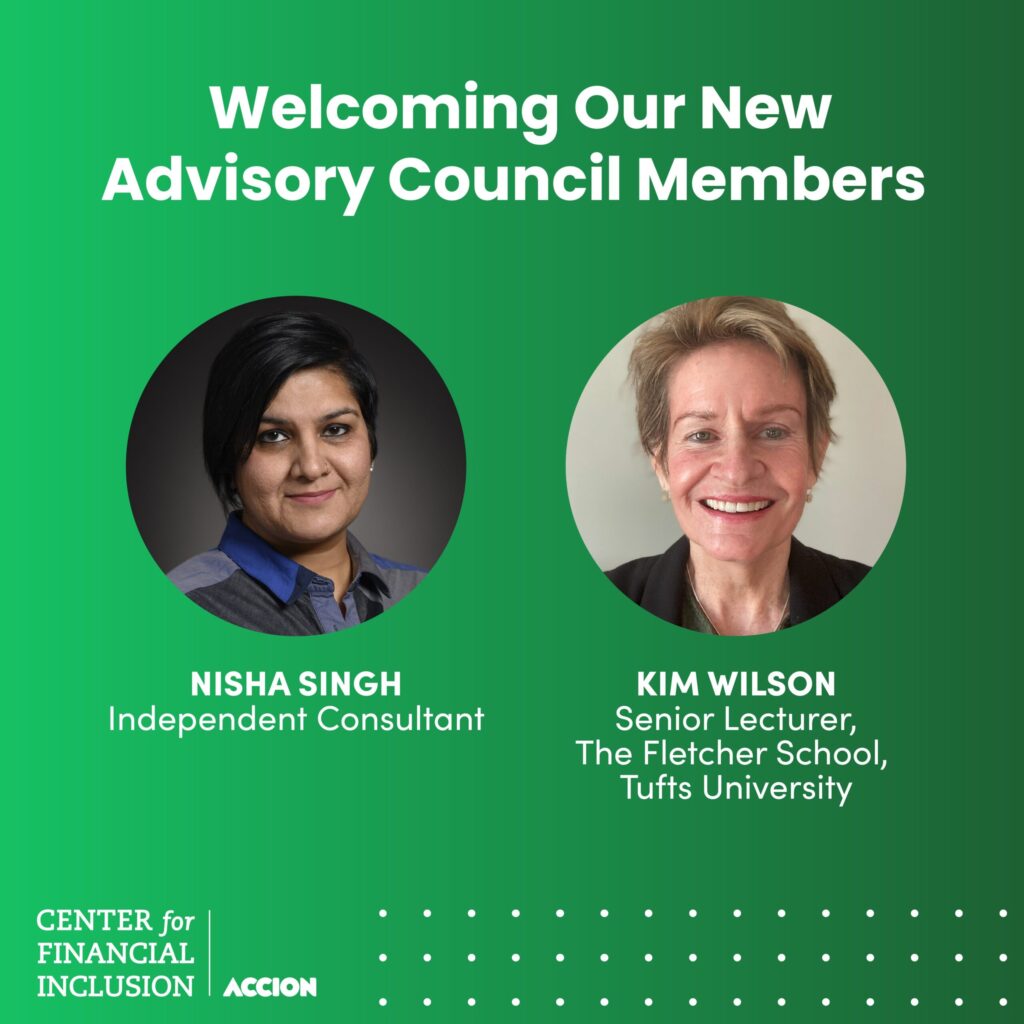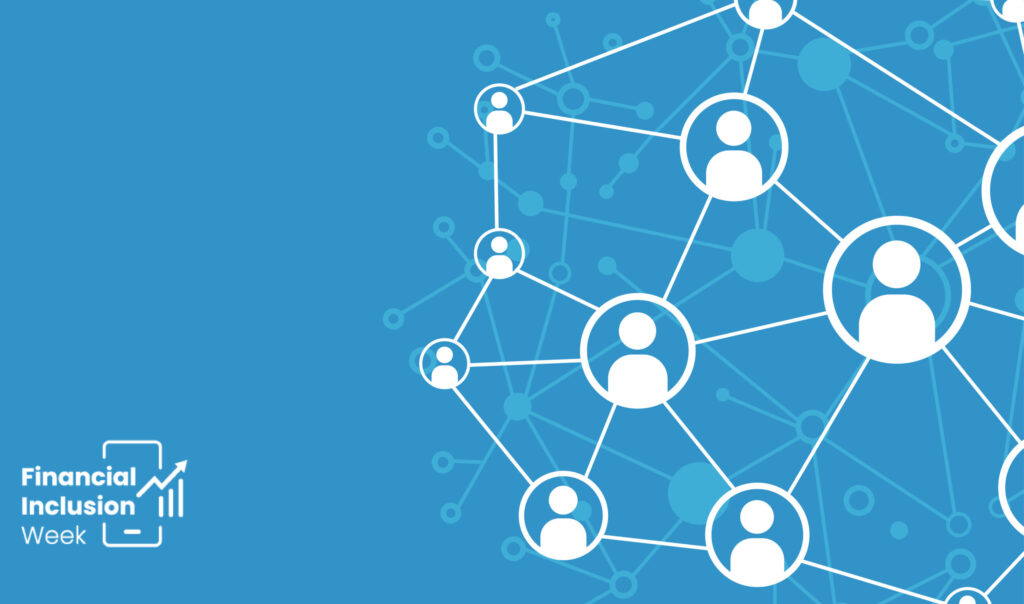
Topics
We use the term “inclusive insurance” to encompass many different approaches to reaching the unserved, underserved, vulnerable, or low-income populations in emerging markets with appropriate and affordable insurance products. These range from microinsurance for people with very little disposable income to new products and services for an emerging middle class around the globe who have not been served by traditional insurance. Based on insights from written submissions and in-depth interviews with 30 people across 22 institutions, this report invites us to re-think the concept of insurance and its fundamental role in society.
Major Findings
In the broadest terms, the challenges of providing insurance to lower-income population segments are similar to those of providing mainstream insurance: identifying, understanding, and connecting with customers; providing relevant products; and carrying out the administrative work of collecting premiums and paying claims. For customers at the base of the economic pyramid, the small incomes from which premiums must come require insurers to solve these challenges in highly cost-efficient ways. Adding to the intensive cost pressure, several factors amplify the challenge of connecting with these customers: their remote locations, lower education levels, and lack of experience with formal institutions.
Strategies for effectively serving this target market include:
- Simplifying products so they are easy to understand, easy to enroll in, and easy to claim against. For institutions, such simple products engender trust and are lower cost to provide.
- Finding new distribution channels and aggregators-from telcos to farmer cooperatives to banks—to identify and connect with low-income customers.
- Leveraging digital channels and new “insurtech” (insurance technology) innovations to connect with, and serve, low-income customers.
- Implementing new business models and products to provide and administer the risk mitigation solutions at scale that meet low-income customers’ needs.
This report is part of a two-year initiative, Mainstreaming Financial Inclusion: Best Practices, to help advance efforts of financial institutions to reach customers at the base of the economic pyramid. This report was completed in partnership with the Institute of International Finance, and made possible with support from MetLife Foundation.









